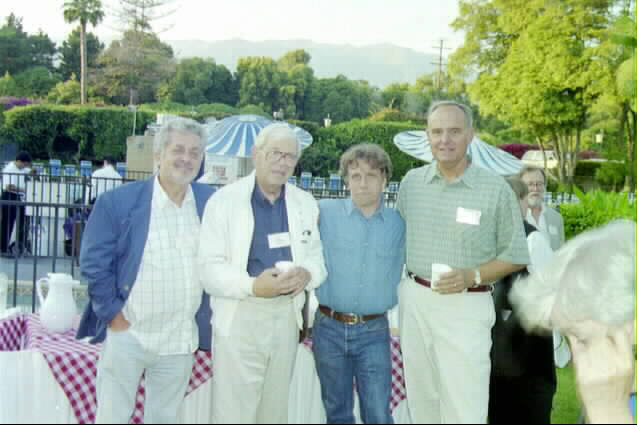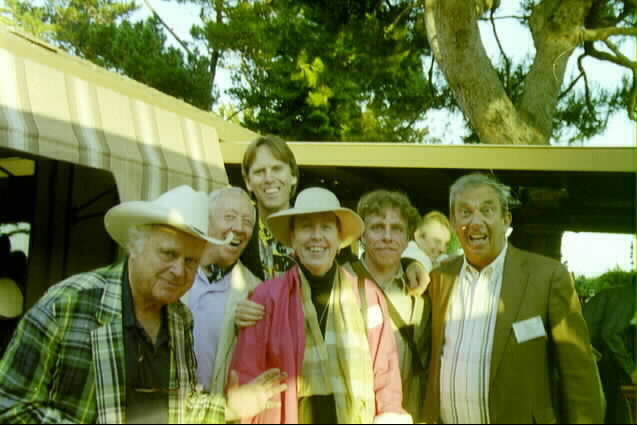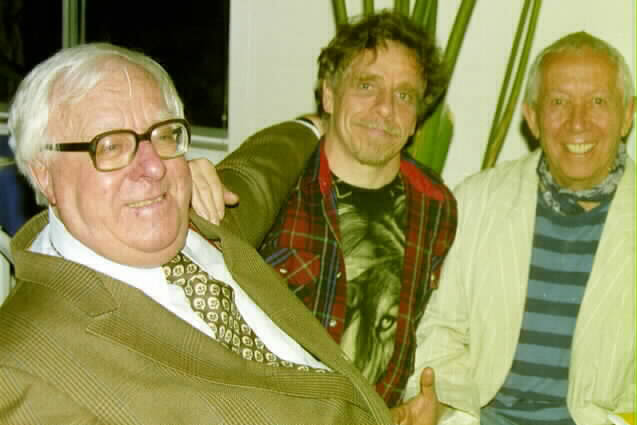by Jerry Camarillo Dunn, Jr.
To discourage lions, the mud huts of the Masai were surrounded by a fence of thorns. As our little safari of Americans and Europeans approached, the village headman padded out to greet us. His bare feet slapped the ground, his soles as furrowed as the African earth.
The headman held up two fingers, like Winston Churchill's "victory" sign. Was this a universal signal of political leadership? A tribal gesture of welcome?
"Two dollars American!" said the chief. "Each person."
Aha! It was the universal sign of tourism. Apparently, we weren't the first foreigners to happen upon the village. Inside the fence, tall Masai women lined up at elegant attention, each face framed by beaded earrings and necklaces for sale. Warriors held out their spears: "Good price!" Because we were far from Kenya's tourist centers, I was surprised to find this very modern situation: native people living their lives, yet charging admission.
In the village I gained some perspective from another visitor, Valene Smith, a vacationing California anthropologist who studies the effects that tourists have on the cultures they visit. She said her field was "the anthropology of tourism"—a phrase that forever altered my way of seeing things. Adopting the attitude of a field researcher, I observed a traditional people poised at a crossroads, the place where pastoral African life meets western commercialism. A few head-on collisions were inevitable. As a travel writer, how could I ease the impact? I also had new questions about myself and my fellow tourists. Why did we want to return to Ohio or New York City dressed up like Masai warriors and trying to carry spears through airport customs?
Looking at the world through the eyes of an anthropologist brought me a new viewpoint -- ideas I would use when I wrote a cover story about my travels in Africa for National Geographic Traveler magazine.
Jerry Camarillo Dunn, Jr. recently received the 2011 Gold Award for Best Travel Column from the Society of American Travel Writers, the nation's most prestigious association of travel journalists, photographers, and editors. The competition was organized by the society's western chapter.
The contest judge, Travel Editor Emeritus for Gannett Newspapers, said: "This is my idea of what a travel column can be at its best. 'The Curious Traveler' is a captivating mix of knowledge and information with a personal, conversational voice. The writer seems to know his topics like the back of his hand . . . "
Jerry's latest book is My Favorite Place On Earth (published by the National Geographic Society). It features 75 celebrated people -- ranging from the Dalai Lama to Natalie Portman -- talking about the places they love most. For more info, a complete list of names and places, and an excerpt from SBWC legend Ray Bradbury: www.myfavoriteplacenatgeo.com
















